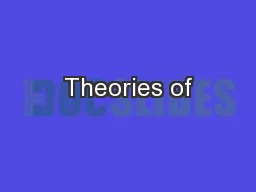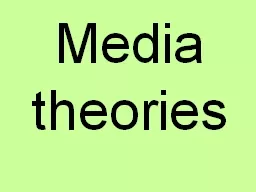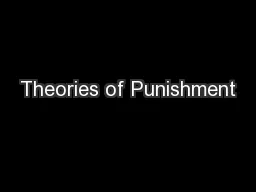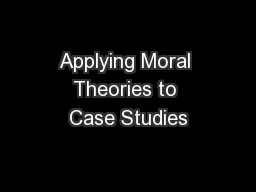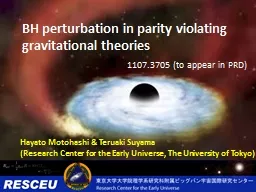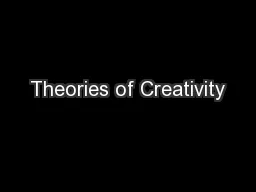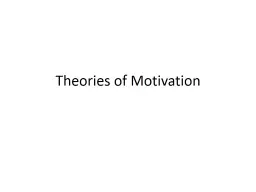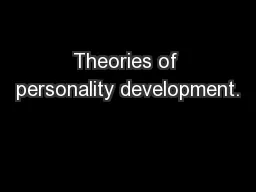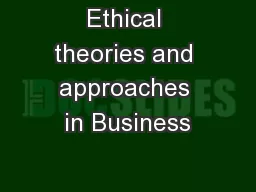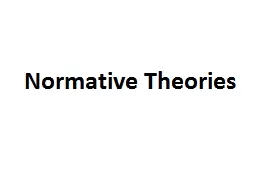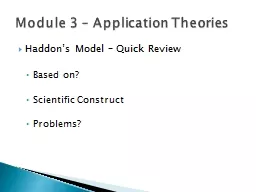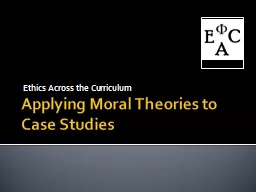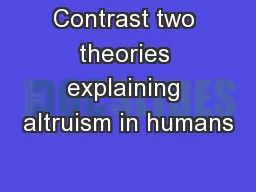PPT-Theories of
Author : alida-meadow | Published Date : 2017-10-04
Evolution Evolution Evolution as an Idea Aristotle Living things are Immutable Buffon 17071788 Observed anatomical features that seemed to serve no purpose and
Presentation Embed Code
Download Presentation
Download Presentation The PPT/PDF document "Theories of" is the property of its rightful owner. Permission is granted to download and print the materials on this website for personal, non-commercial use only, and to display it on your personal computer provided you do not modify the materials and that you retain all copyright notices contained in the materials. By downloading content from our website, you accept the terms of this agreement.
Theories of: Transcript
Download Rules Of Document
"Theories of"The content belongs to its owner. You may download and print it for personal use, without modification, and keep all copyright notices. By downloading, you agree to these terms.
Related Documents

